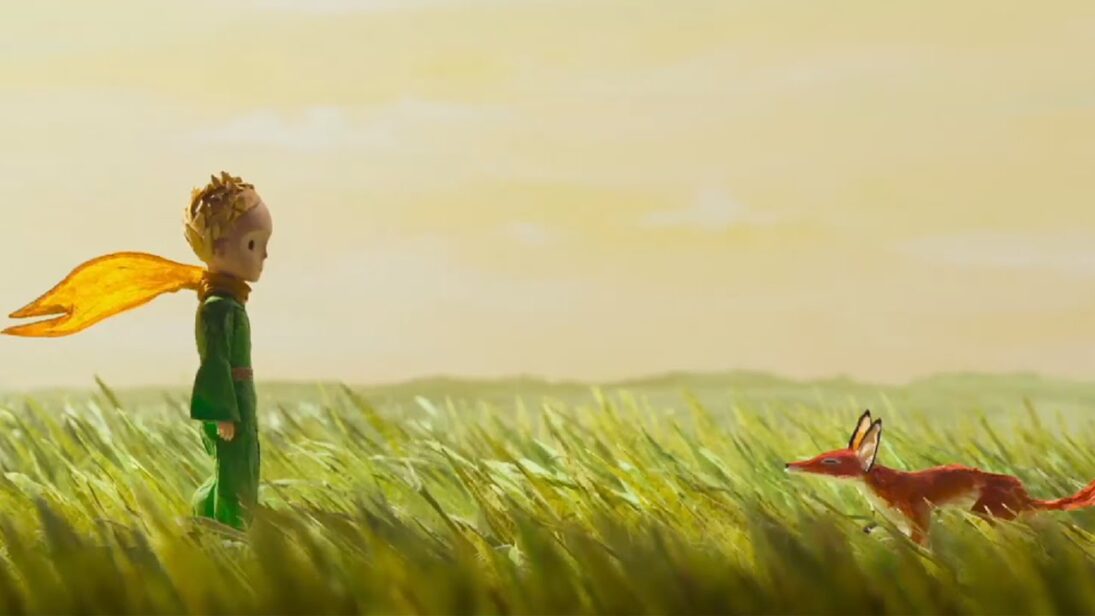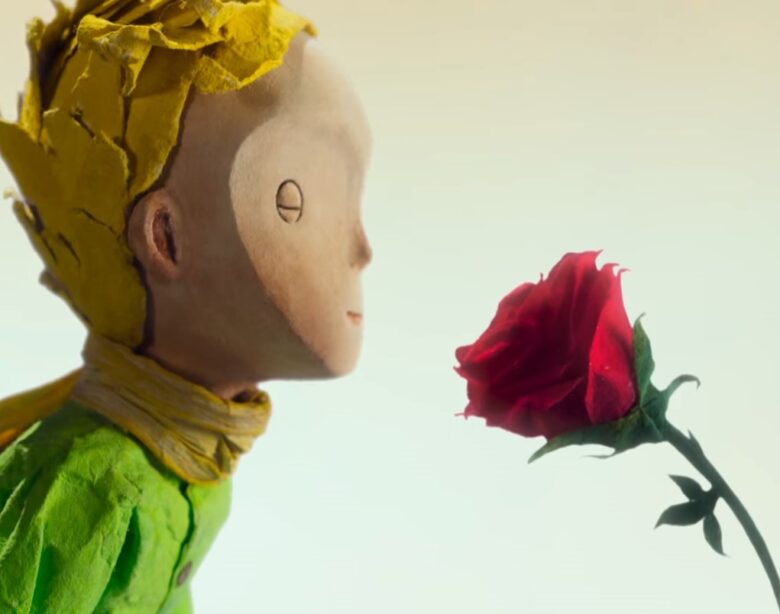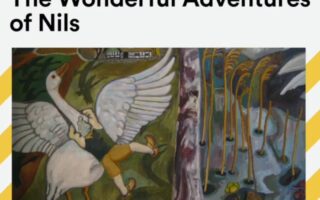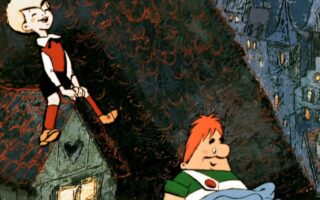“The Little Prince” was born in 1943, in America, where Antoine de Saint-Exupery escaped from Nazi-occupied France. The unusual tale, equally well-received by children and adults alike, proved relevant not only during World War II. Today it continues to be read by people trying to find in “The Little Prince” answers to eternal questions about the meaning of life, the essence of love, the price of friendship, and the necessity of death.
In form – consisting of twenty-seven parts of the story, the plot – a fairy tale about the magical adventures of a prince charming, who left his native kingdom because of unhappy love, in artistic organization – a parable – simple in speech (the “Little Prince” is very easy to learn French) and complicated in terms of philosophical content.
The main idea of the fairy tale-parable is the assertion of the true values of human existence. The main antithesis is the sensual and rational perception of the world. The first is characteristic of children and those rare adults who have not lost their childish purity and naivety. The second is the prerogative of adults, firmly rooted in a world of rules created by themselves, often absurd even in terms of reason.

The appearance of the Little Prince on Earth symbolizes the birth of a man who comes into our world with a pure soul and a loving heart, open to friendship. The return of the fairy tale hero home is by way of a real death, coming from the poison of a desert snake. The Little Prince’s physical death embodies the Christian idea of the eternal life of the soul, which can go to Heaven only by leaving its physical shell on earth. The year-long stay of the fairy-tale hero on Earth correlates with the idea of man’s spiritual growth, learning to be friends and love, to care for others and understand them.
The image of the Little Prince is based on fairy tale motifs and the image of the author of the work – a representative of an impoverished noble family, Antoine de Saint-Exupery, who had the nickname “Sun King” in his childhood. The little boy with golden hair is the soul of the author who never grew up. The meeting of the adult aviator with his childhood self takes place in one of the most tragic moments of his life – a plane crash in the Sahara desert. Balancing on the brink of life and death, the author learns the Little Prince’s story while repairing the plane and not only talks to him, but walks together to the well, and even carries his subconscious in his arms, giving him the features of a real, distinct character.
The relationship between the Little Prince and Rose is an allegorical representation of love and the difference in how men and women perceive it. The capricious, proud, beautiful Rose manipulates her lover until she loses power over him. The gentle, timid, believing what he is told, the Little Prince suffers cruelly from the pretty girl’s windiness, not immediately realizing that he should have loved her not for her words, but for her deeds – for the wonderful fragrance she gave him, for all the joy she brought into his life.
Seeing five thousand Roses on Earth, the space traveler becomes despondent. He was about to be disappointed in his flower, but at just the right time a fox on his way explains to him the truths long forgotten by people: that you should look with your heart and not with your eyes, and be responsible for those whom you have tamed.



